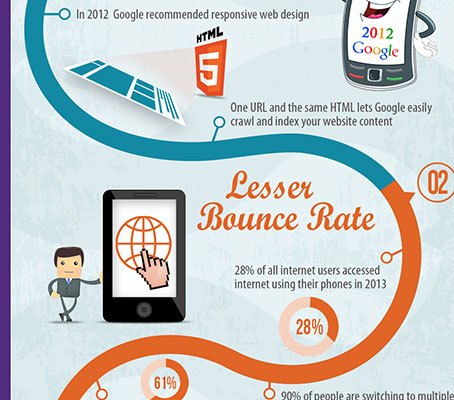Intrigued In Learning How Site Layout Has Developed Over The Years? Check Out The Trip From Standard, Simple Styles To User-Centric User Interfaces That Focus On The Site Visitor'S Experience
Intrigued In Learning How Site Layout Has Developed Over The Years? Check Out The Trip From Standard, Simple Styles To User-Centric User Interfaces That Focus On The Site Visitor'S Experience
Blog Article
Material By-Jonasson Harding
In the past, web sites were straightforward and focused on information. Navigating was straight, and design was for desktop computers. Now, individual experience is essential. Information guides designs for simple navigation. Receptive layouts fit various devices. Today, dark mode minimizes pressure, and minimal menus enhance navigating. small businesses seo engage customers, and strong visuals stand out. AI integration boosts engagement. See exactly how design has developed to boost your online trip.
Very Early Days of Website Design
In the early days of web design, simplicity reigned supreme. Web sites were fundamental, with minimal shades, typefaces, and formats. The emphasis was on giving info as opposed to flashy visuals. Users accessed the web through slow dial-up links, so rate and performance were essential.
Navigation food selections were straightforward, typically located at the top or side of the page. Internet sites were created for computer, as mobile surfing had not been yet prevalent. Material was king, and developers prioritized very easy readability over complex layout aspects.
HTML was the primary coding language used, and developers had to function within its restraints. Computer animations and interactive attributes were very little contrasted to today's standards. Web sites were fixed, with little dynamic web content or personalized customer experiences.
Surge of User-Focused Design
With the advancement of internet site design, a shift towards user-focused layout concepts has ended up being increasingly famous. Today, producing internet sites that prioritize customer experience is vital for engaging site visitors and accomplishing business objectives. User-focused style includes recognizing the requirements, preferences, and habits of your target market to tailor the website's layout, web content, and includes as necessary.
Developers now carry out thorough research, such as user surveys and usability screening, to gather insights and comments directly from customers. This data-driven technique assists in creating user-friendly navigating, clear calls-to-action, and visually enticing interfaces that reverberate with visitors. By putting https://bestemailmarketingtools17394.blogginaway.com/30480789/intrigued-in-harnessing-the-potential-of-neighborhood-search-engine-optimization-discover-the-crucial-techniques-that-every-local-business-owner-have-to-be-aware-of-to-enhance-their-on-line-existence-and-pull-in-much-more-clients at the center of the design process, web sites can supply a more tailored and satisfying experience.
Responsive design has also emerged as a key element of user-focused style, guaranteeing that web sites are enhanced for numerous devices and screen dimensions. This flexibility enhances availability and functionality, catering to the diverse ways users communicate with sites today. Essentially, the rise of user-focused design symbolizes a change towards creating digital experiences that prioritize the requirements and expectations of the end customer.
Modern Trends in Web Design
Discover the latest patterns shaping website design today. One famous trend is dark mode design, providing a sleek and modern-day appearance while lowering eye stress in low-light environments. https://cristianojfzt.blogdal.com/30308643/discover-the-art-of-crafting-headings-that-apprehend-focus-and-ctas-that-persuade-paving-the-way-for-a-successful-ppc-project is minimal navigation, simplifying food selections and boosting customer experience by focusing on essential elements. Integrating micro-interactions, such as animated buttons or scrolling results, can produce a much more appealing and interactive website. https://www.searchenginejournal.com/on-page-seo/image-optimization/ stays essential, ensuring seamless customer experiences across numerous gadgets. In addition, using vibrant typography and unbalanced layouts can include visual rate of interest and accentuate details material.
Integrating AI modern technology, like chatbots for consumer assistance or personalized suggestions, enhances customer involvement and simplifies procedures. Accessibility has additionally become a substantial fad, with developers focusing on inclusive design techniques to cater to varied customer requirements. Embracing sustainability by enhancing web site efficiency for rate and efficiency is another emerging trend in web design. Teaming up with user feedback and information analytics to repeat and boost layout continually is necessary for remaining appropriate in the ever-evolving digital landscape. By accepting these modern patterns, you can produce a visually appealing, straightforward site that resonates with your target market.
Conclusion
As you review the development of site layout from the early days to now, you can see how user-focused style has come to be the driving pressure behind modern-day fads.
Accept the journey of modification and adjustment in website design, always maintaining the user experience at the forefront.
Remain current with the current patterns and technologies, and never ever stop developing your approach to develop aesthetically spectacular and user-friendly sites.
Progress, adjust, and create - the future of web design remains in your hands.
